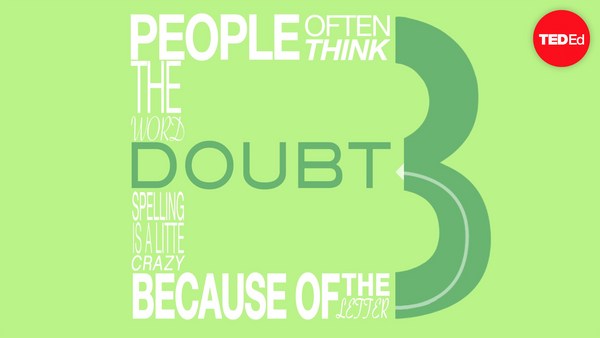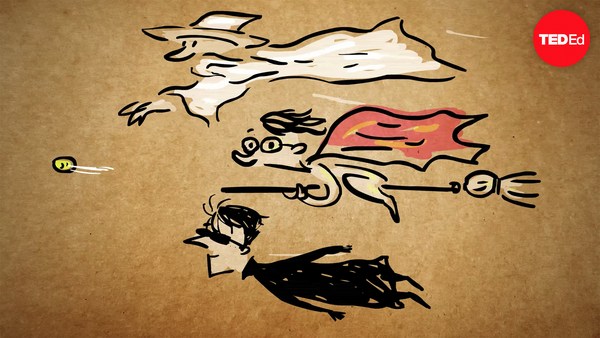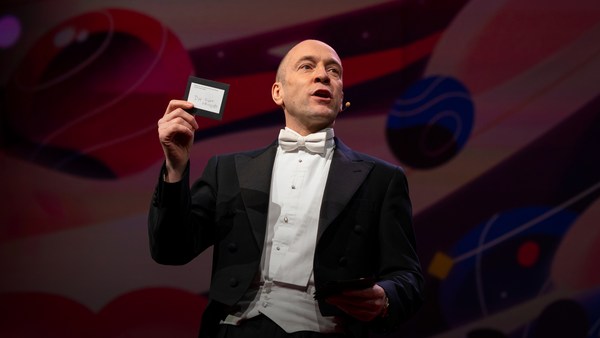It may seem like the semicolon is struggling with an identity crisis. It looks like a comma crossed with a period. Maybe that's why we toss these punctuation marks around like grammatical confetti. We're confused about how to use them properly. In fact, it's the semicolon's half-half status that makes it useful. It's stronger than a comma, and less final than a period. It fills the spaces in between, and for that reason, it has some specific and important tasks. For one, it can clarify ideas in a sentence that's already festooned with commas. "Semicolons: At first, they may seem frightening, then, they become enlightening, finally, you'll find yourself falling for these delightful punctuation marks." Even though the commas separate different parts of the sentence, it's easy to lose track of what belongs where. But then the semicolon edges in to the rescue. In list-like sentences, it can exert more force than commas do, cutting sentences into compartments and grouping items that belong together. The semicolon breaks things up, but it also builds connections. Another of its tasks is to link together independent clauses. These are sentences that can stand on their own, but when connected by semicolons, look and sound better because they're related in some way. "Semicolons were once a great mystery to me. I had no idea where to put them." Technically, there's nothing wrong with that. These two sentences can stand alone. But imagine they appeared in a long list of other sentences, all of the same length, each separated by periods. Things would get monotonous very fast. In that situation, semicolons bring fluidity and variation to writing by connecting related clauses. But as beneficial as they are, semicolons don't belong just anywhere. There are two main rules that govern their use. Firstly, unless they're being used in lists, semicolons should only connect clauses that are related in some way. You wouldn't use one here, for instance: "Semicolons were once a great mystery to me; I'd really like a sandwich." Periods work best here because these are two totally different ideas. A semicolon's job is to reunite two independent clauses that will benefit from one another's company because they refer to the same thing. Secondly, you'll almost never find a semicolon willingly stationed before coordinating conjunctions: the words, "and," "but," "for," "nor," "or," "so," and "yet." That's a comma's place, in fact. But a semicolon can replace a conjunction to shorten a sentence or to give it some variety. Ultimately, this underappreciated punctuation mark can give writing clarity, force, and style, all encompassed in one tiny dot and squiggle that's just waiting to be put in the right place.
Related talks

Gina Cooke: Why is there a "b" in doubt?

Kate Messner: How to build a fictional world

Christopher Warner: What is verbal irony?

Derren Brown: Mentalism, mind reading and the art of getting inside your head

Steven Petrow: 3 ways to practice civility
